When the Chinese occupied Tibet in 1959, Tibetan refugees, following the exile of the Dalai Lama, began to flood into Sikkim. It was necessary to relocate them on land and find them alternative livelihoods. Thousands were employed on road building across the Himalayan states of India and in Sikkim as well. In 1962, the refugee resettlement board considered an establishment of a tea garden could be the answer. Speaking to Mr. K.C. Pradhan, then a young Divisional Forest Officer (DFO), who was made in-charge of clearing 2,000 acres of ancient forest between Rabong (now Ravangla) and Sosing (now Kewzing), he recalls that the trees were so ancient that they had to use dynamite to uproot them.
The Tibetan refugees were made up of five different groups from as many provinces of Tibet. They worked well in clearing forest land and planting tea but they were not used to plucking tea leaves and work as labourers. Moreover, the altitude of Rabong being over 2,133 meters above sea level was not ideally suited for tea cultivation. Therefore, each family was given two acres of land and the idea of a tea garden in Rabong was abandoned in 1966. The Tibetans’ temperament was more suited for trading. They went on to successfully capture the cardamom trade. Cardamom grew abundantly around Rabong area then.
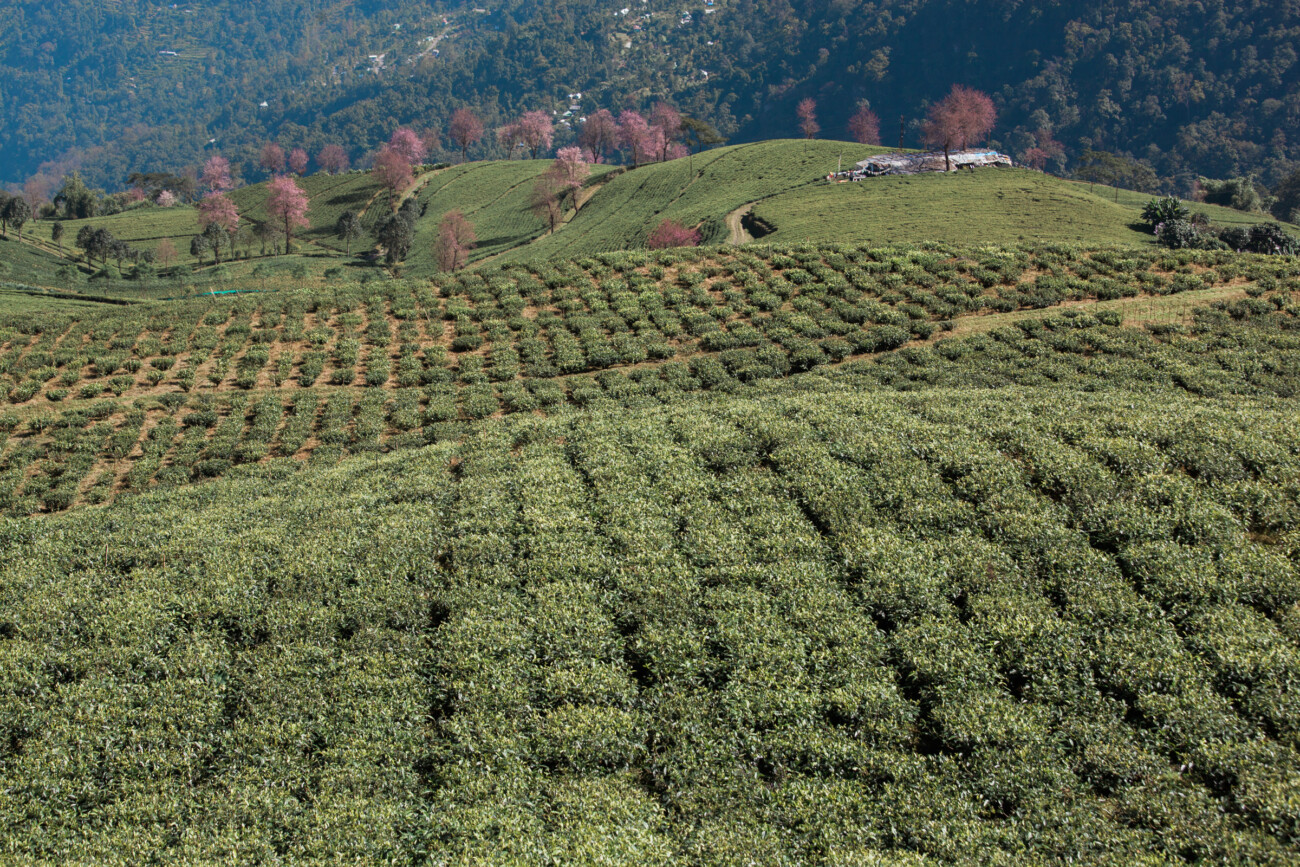
But the idea of establishing a tea industry had taken root. The forest area in Temi was identified as the new location in 1969. Adjoining the forest was Pabong, a village with 200 Sherpa families, and ten acres of nurseries of the Forest Department around the Missionary Building, which later became the office-cum-residence of the DFO (South and West Division). During the British rule, these were Scottish missionary buildings; the buildings were acquired by the Government of Sikkim in 1954.
K.C. Pradhan said when this stage of the tea plantation was underway, the production and running of the garden was handed over to professional British tea planters from Darjeeling—Tripp, Dixon and Teddy Young, the last British planter in these hills.
Initially, the plan was to bring about 500 acres of forest land under tea cultivation and organize the people in the area into cooperatives, encouraging them to plant tea on their own land starting from the vicinity of Tendong hills to the banks of the Teesta in the valley below; but that idea was given up. In addition to the forest land, the government decided to acquire land from Pabong. These families were given two acres of land on the other side of Pabong, an area considered suitable for cardamom cultivation.
The Chogyal Palden Thondup Namgyal, preferred clonal cultivation rather than growing tea from seeds. There was no formal supply line for clonal tea and it was left to K.C. Pradhan to find ways to procure them. Since he personally knew many of the tea planters, he began by approaching them—Sonam Atuk from Barnesbeg Tea Estate, Jiwan Pradhan from Ging Tea Estate, Harish Mukhia from Tukvar Tea Estate and, others were approached. With the assistance of his Range Officers, from Majhitar and Jorethang they began to procure the clonal plants from tea estates in Darjeeling.
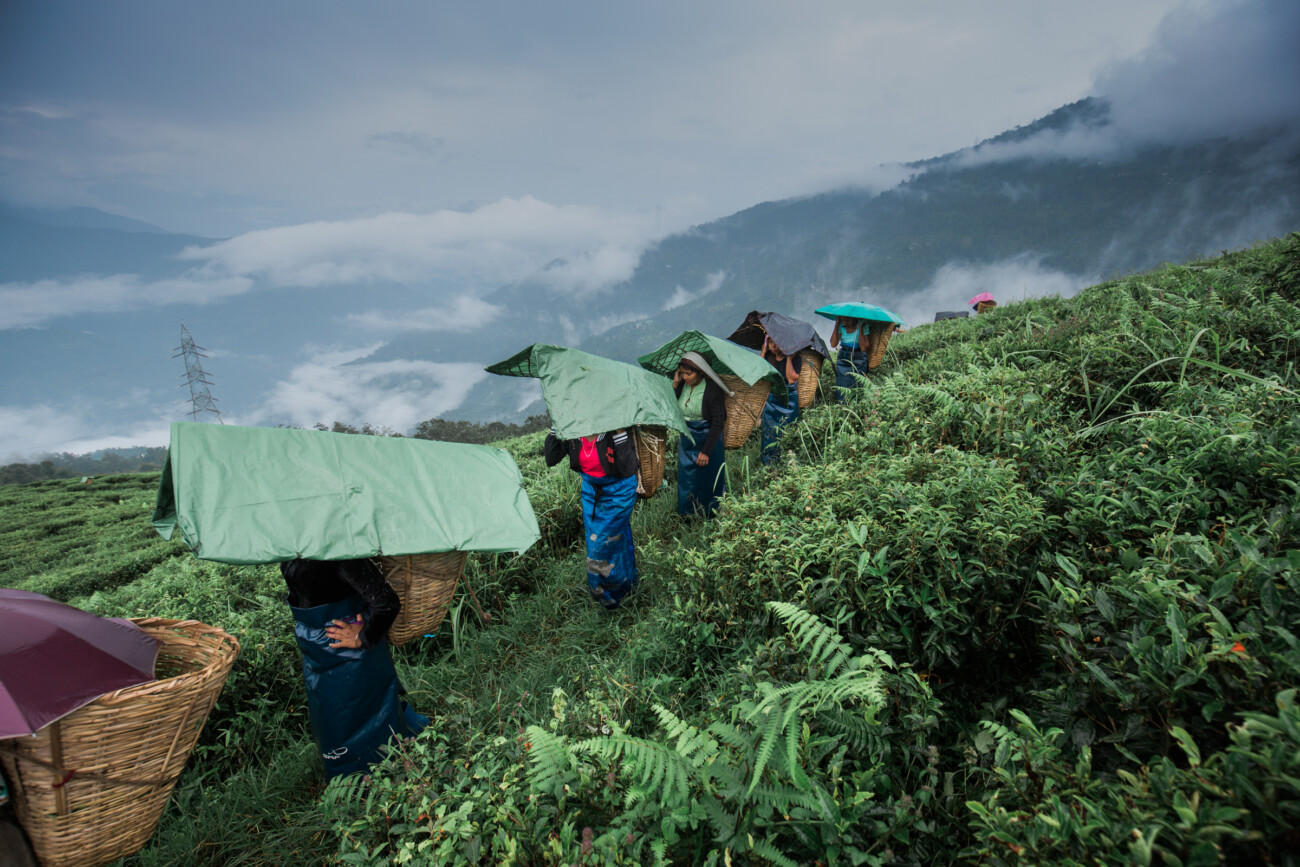
K.C. Pradhan said when this stage of the tea plantation was underway, the production and running of the garden was handed over to professional British tea planters from Darjeeling—Tripp, Dixon and Teddy Young, the last British planter in these hills. Teddy Young left in 1980. Then, followed a series of general managers under whose guidance Temi Tea began to grow. Mohan Chamling was in Temi for a long time and worked hard and did a lot to develop the production. During his tenure they began to expand the plantation area bringing the portions that were considered unsuitable earlier, under tea plantation.
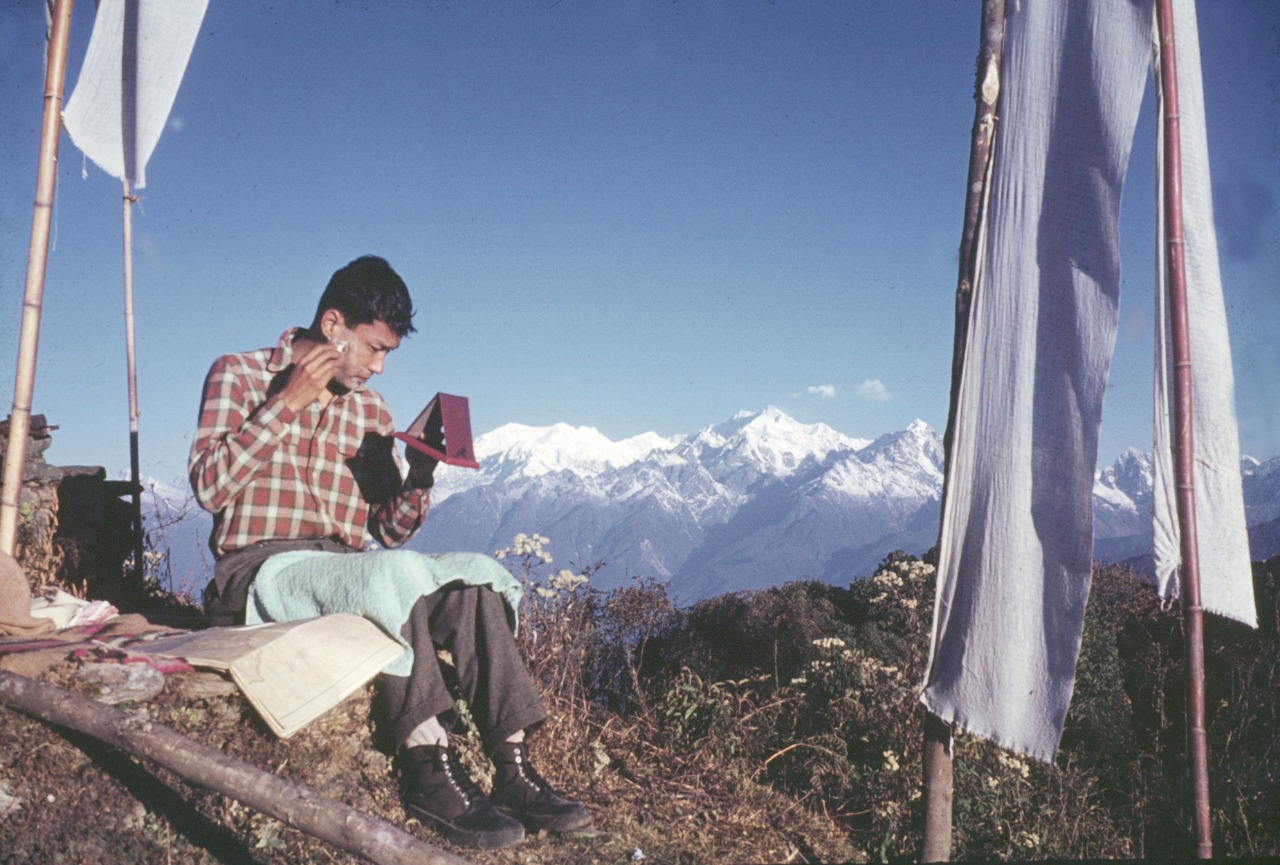
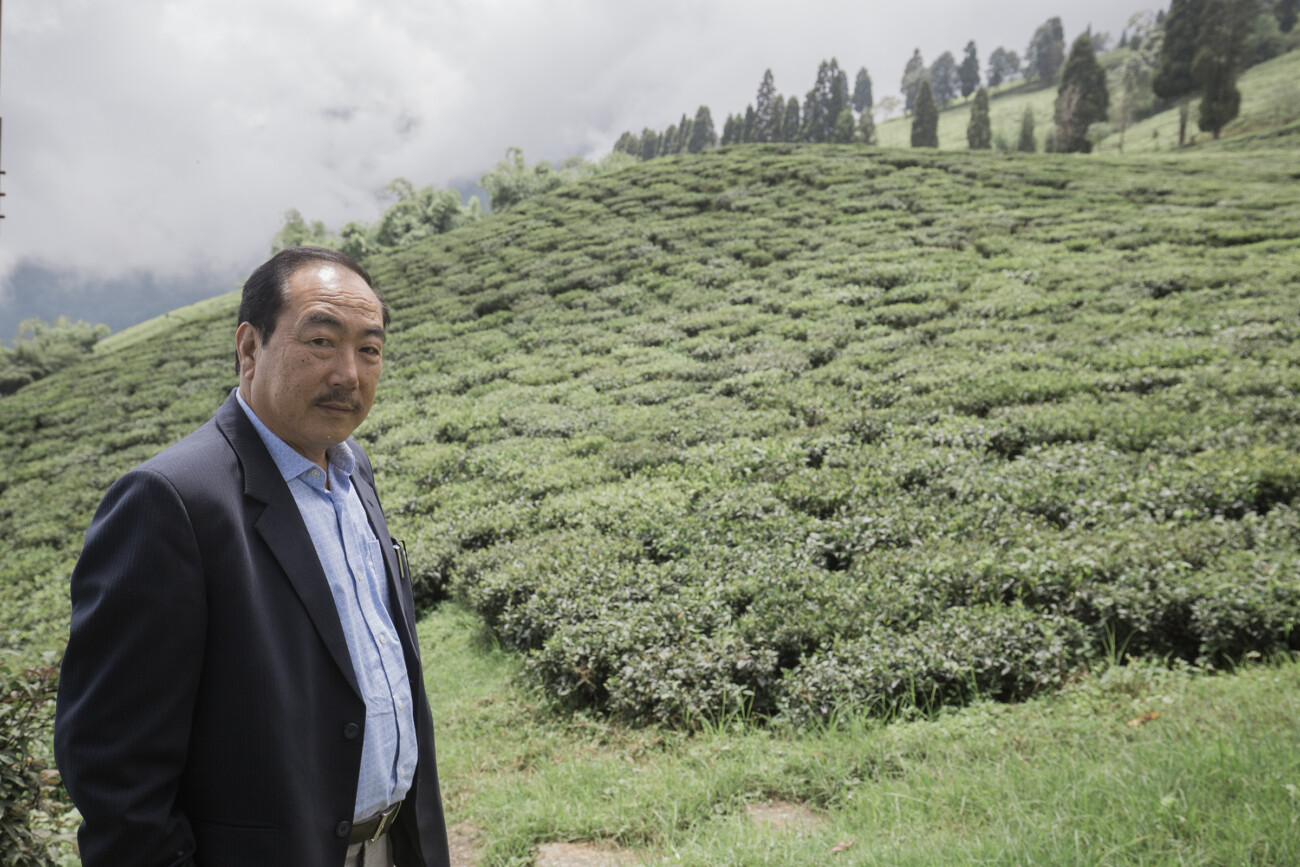
Currently, the area of the tea garden is around 500 acres and employs 400 labourers. The estate functions under a Tea Board set up by the Government of Sikkim. It is the only tea garden at this scale in Sikkim and the tea from the garden is considered one of the best in India and, indeed in the world. The Institute of Marketology (IMO) of Switzerland gave the guidelines to produce organic tea which was adopted in the Temi Tea Garden in April 2005 and was eventually certified as Organic Tea Estate in 2008. Switching to growing organic tea has resulted in lower production costs. They use organic bio-fertilisers such as cattle manure, neem cakes and vermi compost. The Bangalore unit of IMO inspects the product every year and issues IMO certificate. Many European countries and Japan have shown preference for organically grown tea and Temi tea finds a ready market in these countries.
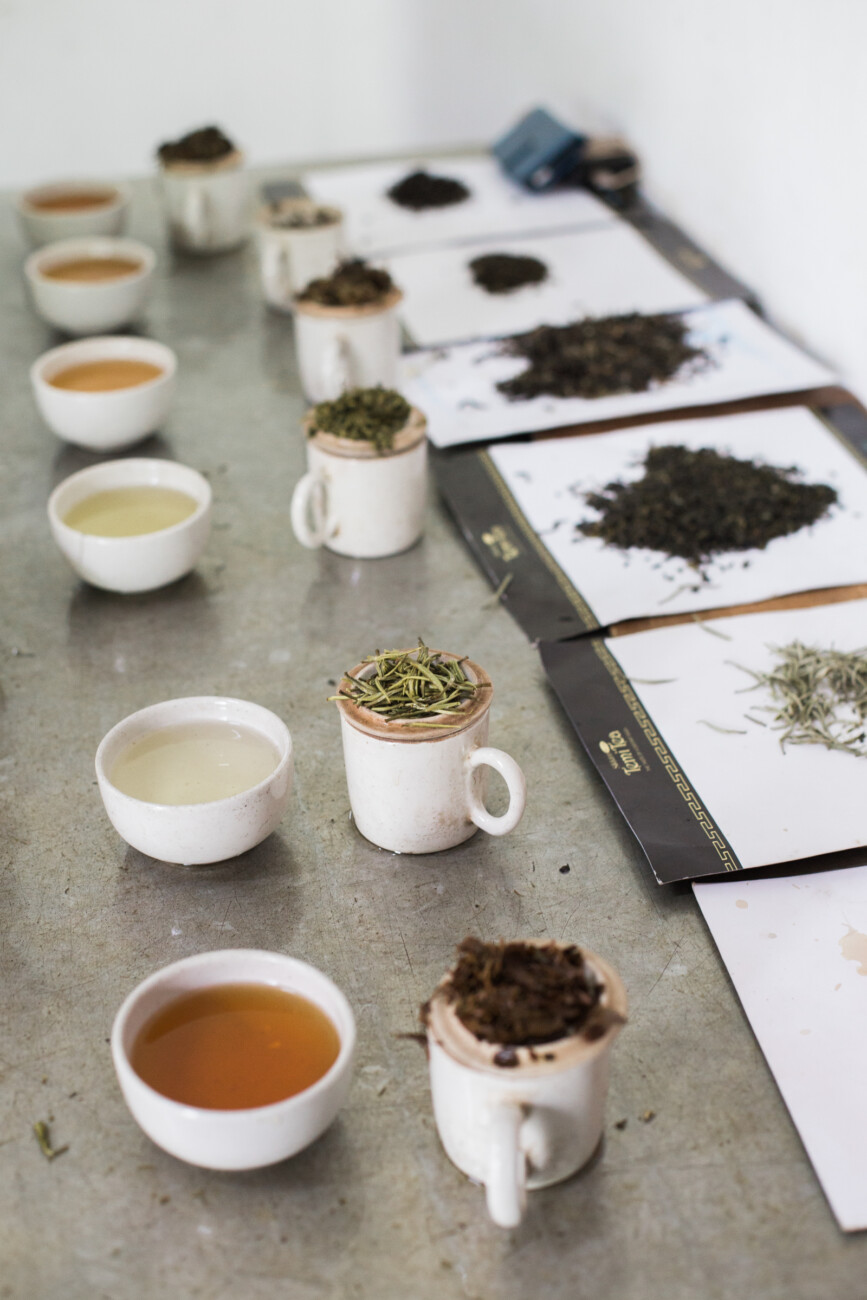
Earlier, Russia was the biggest buyer of Temi Tea and tea production was geared towards Russian taste. The brand name ‘Temi Tea’ one is of the best quality consisting of pure tea ‘Golden Flowery Orange Pekoe #1 (TGOFP1)’. The next in quality is the popular brand of ‘Sikkim Solja’ followed by ‘Mystique’ and ‘Kanchanjunga Tea.’ It is also sold in the form of ‘Orthodox dust tea’. The Tea Garden Employees Consumers’ Co-operative Society Ltd. also markets these products at a kiosk in the vicinity of the Temi Tea factory.
About seventy-five percent of the tea produced in the estate is auctioned in Kolkata and the balance twenty-five percent is marketed as packaged tea in the domestic market. Its export potential is gradually increasing and the Tea Board of the estate is working towards a direct link with international markets. To increase the production of tea in Sikkim, the Industry Department of Sikkim has invited entrepreneurs to establish more tea gardens in Sikkim. The Tea Board of India awarded the ‘All India Quality Award’ to the Temi Tea Garden for two consecutive years of 1994 and 1995. Temi Tea has been appreciated and has won numerous awards for its quality both nationally as well as internationally.
In 2017, Enterprise Resource Planning (ERP) a business management software that allows an organisation to use a system of integrated applications to manage the business, has been tasked to streamline the estate’s functioning from the beginning of the tea production to marketing. ERP software integrates all facets of the operation, including product planning, development, manufacturing processes, sales and marketing. The estate also hired the services of a tea expert to supervise development of different flavours of the tea production. The production unit is involved in producing new flavours such as white tea, green tea and oolong tea keeping the current taste in mind.
Temi Tea Garden is unique because it is not only a state-run enterprise but also one which makes quality products that brings in substantial earning to the state exchequer.
The tea grown at elevations ranging from 1400 to 2000 meters above sea level characterize the unique flavours of each plucking season. There are four tea plucking seasons in a year—the first flush is between (spring) March and April, the aroma is delicate and floral; the second (summer) in May and June has a special flavour called muscatel, which is in great demand in the Japanese market; the third (monsoon) in July to August yields a soothing and mellow liquor and the fourth plucking season (autumn) from September to October yields a liquor that is well-rounded with a hint of warm spices. During the months when there is no plucking, the workers are engaged in maintenance work, clearing weeds and manuring.
Temi Tea Garden is unique because it is not only a state-run enterprise but also one which makes quality products that brings in substantial earning to the state exchequer. All this could not be achieved without the dedication and hard work of successive managers and the workers. It is a rare example of collaboration at every level of the industry.

When the tea garden was initiated the late Chogyal Padden Thondup Namgyal and those involved in the project had the foresight to tap into the know-how that existed both at the managerial as well as at the labouring class. Handpicked families were chosen to start the garden. Manmaya, says that she has been working at the Temi Tea Garden for over forty years. She recalls that she was very young when she accompanied her parents and a few other families when they moved here from the Cinchona plantation at Mangpoo. Those days children as young as nine or ten year old were hired to work in the gardens. Wages were low—one rupee, five annas for children, women received two rupees and men were given two rupee, twelve annas. But over the years, wages were revised upwards for adults and child labour in the gardens abolished altogether. Now the wages for both men and women are Rs. 300 which compares favourably with the wages in the Darjeeling and Dooars tea gardens where the daily wages are still at Rs. 150.
The workers live in colonies inside the garden. Two hundred families live in seventeen blocks. Each family has a house, and a small patch of land to grow vegetables on. And many of them keep cows, chickens and goats. At least one member of the family needs to be working in the garden for the family to be entitled to this accommodation. There are crèches and schools in the garden, as well as a dispensary to treat minor ailments and, for illness of a more serious nature there are government run hospitals and Primary Health Centres. There is an ambulance at hand to transport patients to hospitals. The workers are entitled to the government subsidies for ration. They participate in the elections and have all the rights of citizens in a democratic polity.
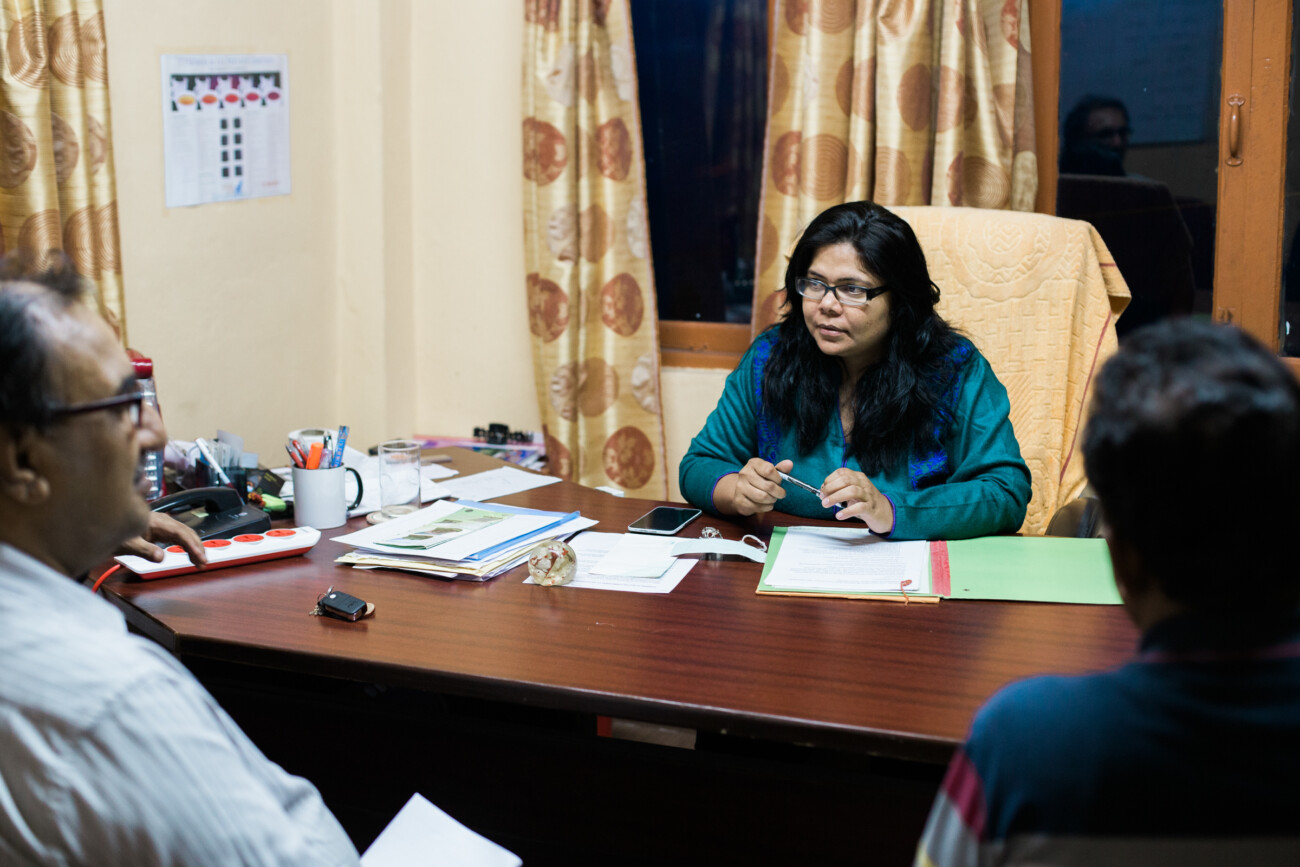
So much depends on the managers at hand and the Managing Director Mrs Mrinalini Srivastava, a rank of Deputy Inspector General (DIG) from the Indian Police Service who was on deputation when we visited the Temi tea estate has done much for promoting labour welfare such as building a separate dining area for the labourers, toilets and supply of drinking water. She also introduced banking and insurance facilities with the aid of AXIS Bank.
Some of the children born on the estate have joined the workforce and some work in the office as support staff, and on production line. Many, however, have left and work elsewhere for opportunities have opened up. The Tea Estate also employs local people in production and packaging.
The recent distribution of landholding rights of the homesteads to the 192 families of Temi Tea Garden workers is a new step towards giving rights to them (“Sikkim Chronicle”, 2019). Thus, the Government of Sikkim’s proposal to give ownership to the workers of Temi Garden is a new direction to this important state-run industry in Sikkim and a completely new direction to promote workers’ ownership and land rights.
Photo Gallery
(Click photo to enlarge)







One comment on “THE LEGACY OF A BREW: TEMI TEA GARDEN”
Leave a Reply
Latest Posts
Latest Comments
No 'Comments_Widget_Plus_Widget' widget registered in this installation.


I think the admin of this website is in fact working hard
in support of his website, as here every information is quality
based information.